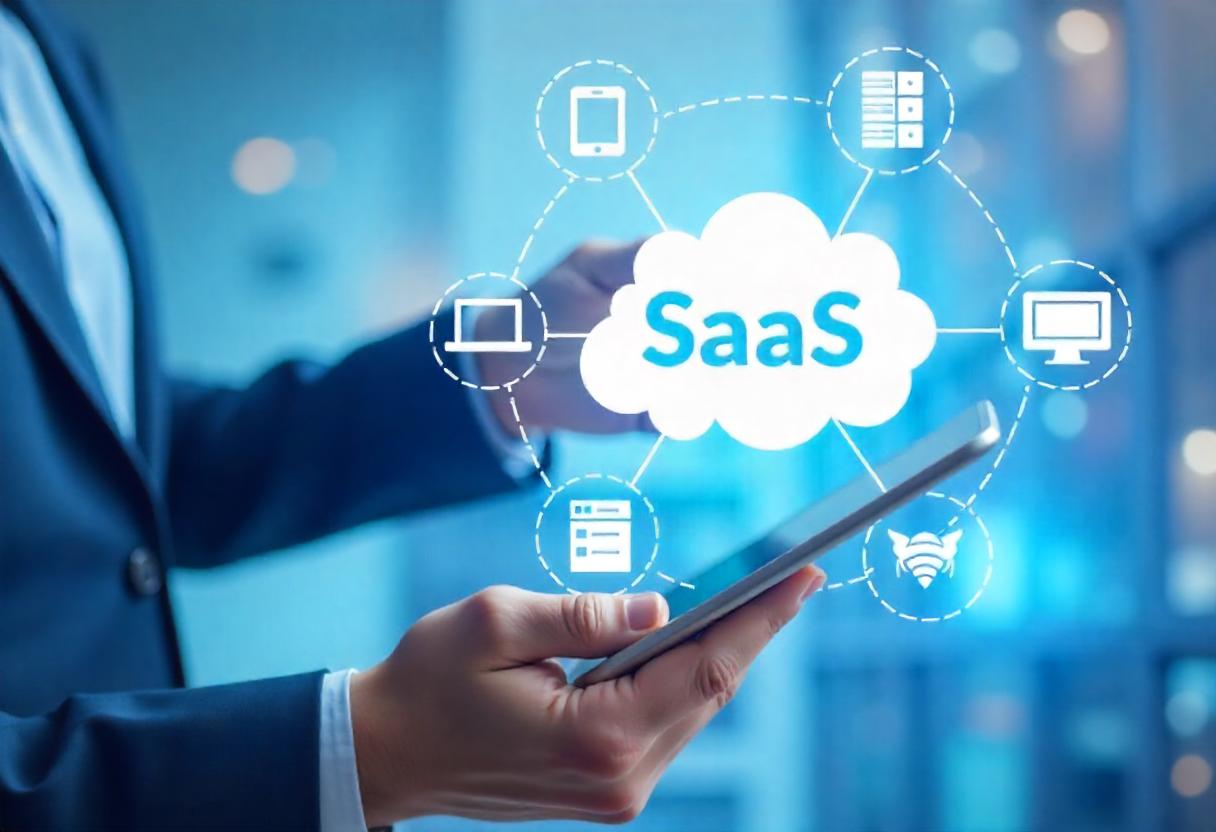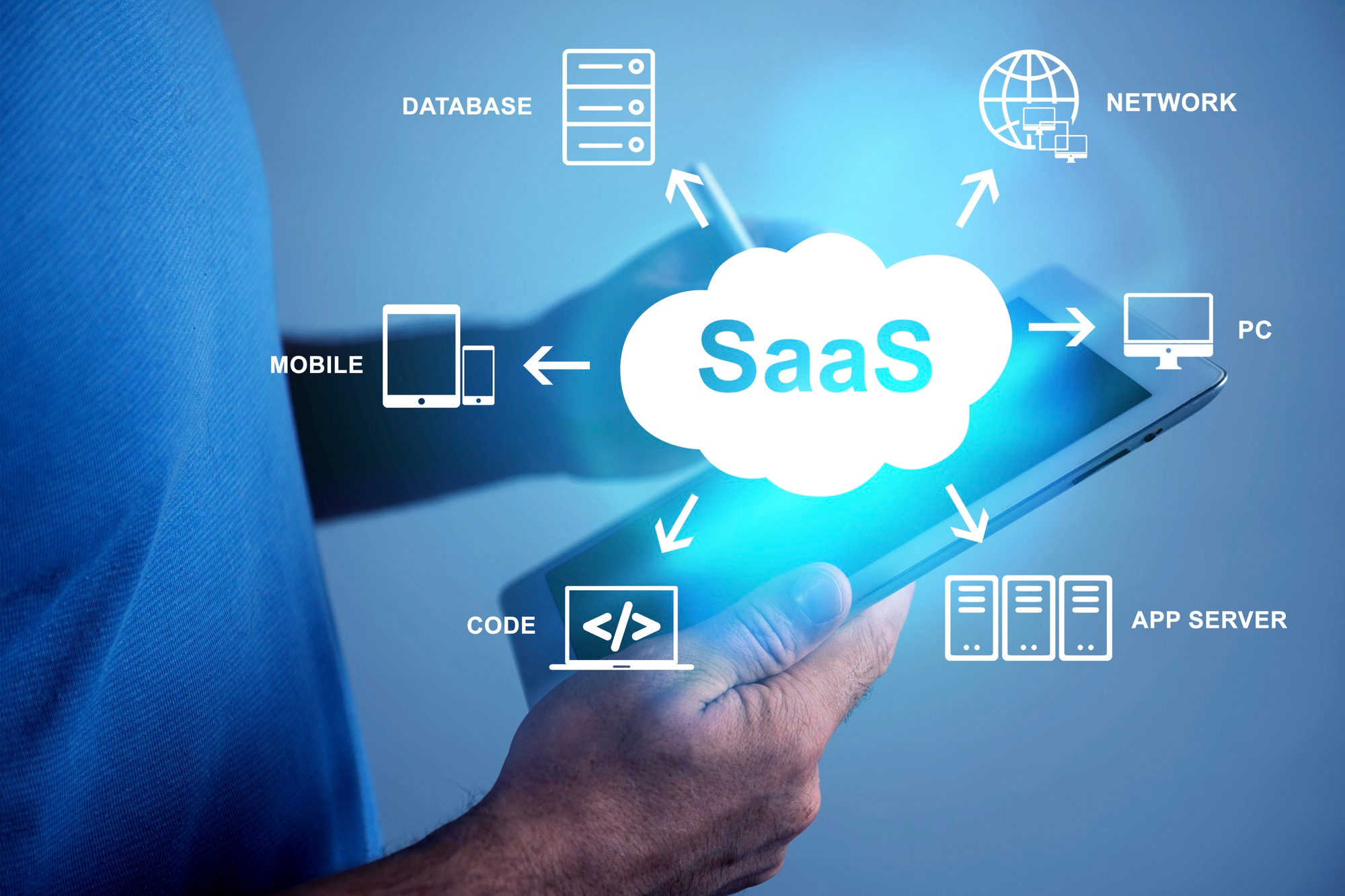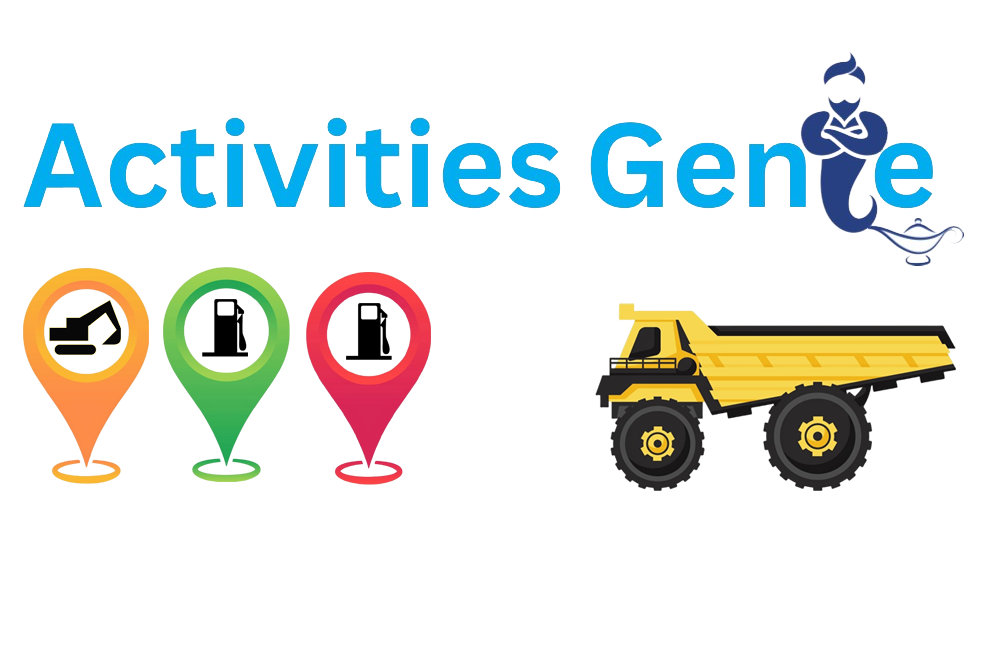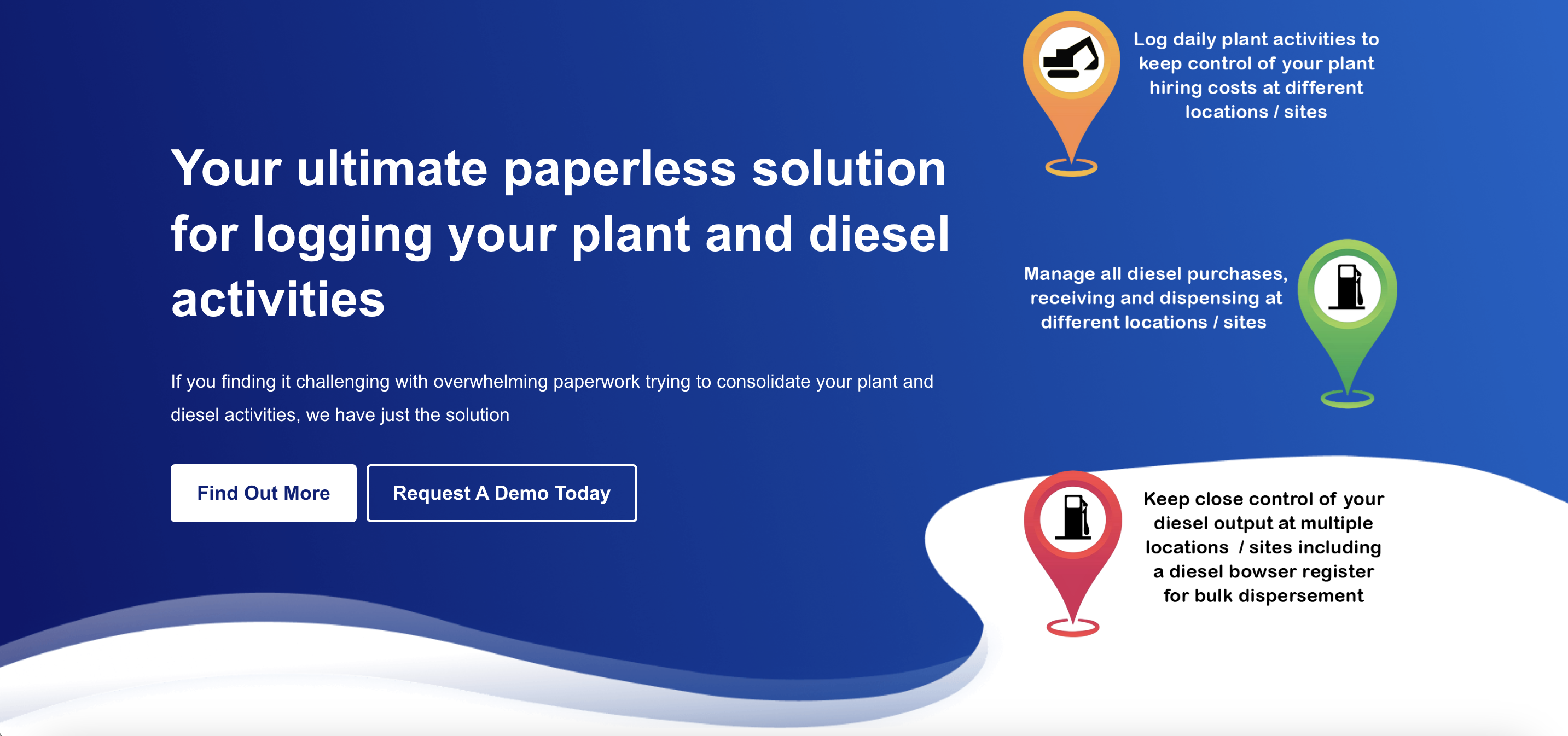
SaaS is a software licensing and delivery model on a subscription basis and is centrally hosted. SaaS is also known as “on-demand software” and web-based/hosted software. SaaS is one of three main categories of cloud computing, alongside infrastructure as a service (IaaS) and platform as a service (PaaS). A range of users use SaaS applications. Products range from personal entertainment to advanced IT tools. Unlike IaaS and PaaS, SaaS products are frequently marketed to both B2B and B2C users. According to a recent McKinsey & Company report, technology industry analysts predict further growth in the SaaS industry and expect to see the market capitalisation of $200 billion by 2024.
SaaS is a way of delivering software through the internet. Instead of installing the software on your own computer or server, you use it over the internet, like using a website. The company that provides the software takes care of hosting and managing the application and data on their servers, which you can access from any device with an internet connection. To use a SaaS application, you usually just need to open a web browser and log in. Organisations using SaaS applications are not tasked with the setup and maintenance of the software. They simply pay a subscription fee to gain access to the software, which is a ready-made solution. SaaS is closely related to the application service provider (ASP) and on-demand computing software delivery models where the provider hosts the customer’s software and delivers it to approved end users over the internet.

The software-on-demand SaaS model offers customers an unparalleled level of accessibility to an application that is specifically designed for cloud-based distribution. The provider gives customers network-based access to a single copy of the application, ensuring that all customers have the same source code. This means that when new features or functionalities are released, they are made available to all customers, ensuring that everyone benefits from the latest improvements. Customers can choose to store their data locally, in the cloud or both depending on their service-level agreement (SLA). With SaaS, you can enjoy hassle-free software access, constant feature updates, and data storage flexibility.
Organizations can easily integrate SaaS applications with other software using application programming interfaces (APIs).
In 2024, we developed and launched our CRM solution called Sales Genie. Sales Genie goes back to the basics, CRMs over the years have become very complex with an overwelming amount of data for sales teams to manage. This is taken away the key fundermentals of sales and service. We focus on consolidating data in a simple manner and staying focused on the task at hand, sales and service. Add a prospect or customer in a few easy steps. Do quick notes, visits and follow-ups, nice and easy! Sales Genie will continue to be improved, taking in feedback from our customers, the people that use the system on a daily basis, adding great value to the updates that we role out.

© Blue Banana Software (Pty) Ltd 2025 – Privacy Policy






